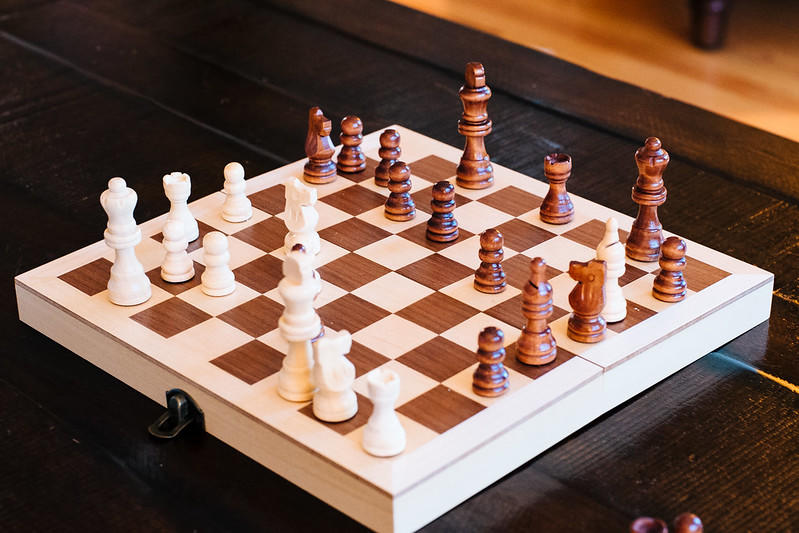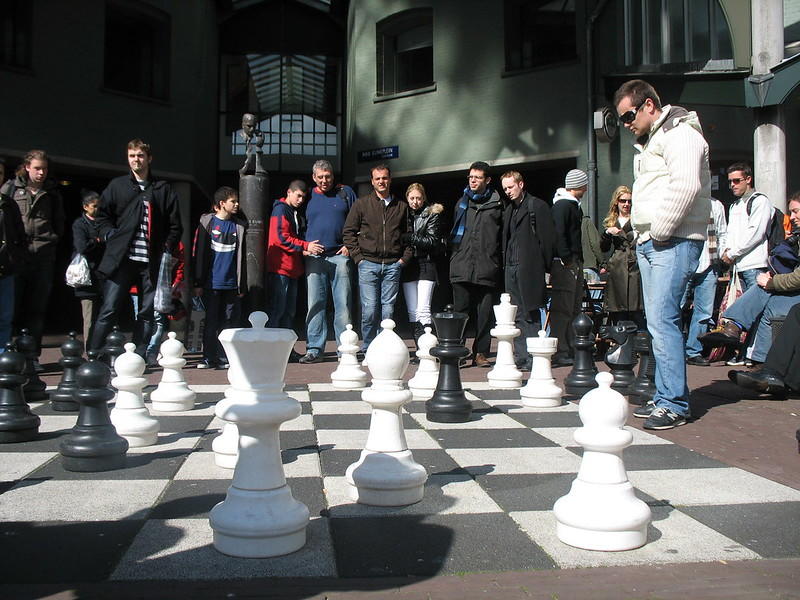Let's face it: when it comes to chess, playing second puts you at a distinct disadvantage. Most of your moves end up being reactionary and you have to struggle to gain any dominance. Come to think of it, that's true in life, too. There are quite a few high-level chess players who perceive playing Black as an ill omen; a sure sign that they will lose the match. It doesn't have to be that way. Don't let such a superstition lead you to a self-fulfilling prophecy. Learn the Sicilian Defence so that, no matter which side of the board you play, your game skills will checkmate your opponents.

The Origins of the Sicilian Defence
In this opening, as per usual, White immediately claims dominance over the board's centre with their king's pawn on e4. Nothing says Black have to confront it.
The Sicilian Defence: 1. e4 c5

How the Sicilian Defence Differs
Contrary to the weakness Romantic-era chess masters decried the Sicilian runs on an undercurrent of combativeness. Sure, starting out, it seems like Black doesn't know what they want to do with their pawns; that gives White early advantages in piece development and taking control of the centre. You might say that it's the chess equivalent of giving someone enough rope to... However, rather than just trying to equal their opponent, Black's objective is to gain the upper hand. That's done by stalling any opportunity at a pawn exchange. By advancing their queenside bishop's pawn, Black controls square d5, a move that gives them some control over the centre while keeping their pawn safely distanced. Another remarkable feature that distinguishes the Sicilian is that Black tends to develop queenside pieces while most of White's positioning takes place kingside. You might wonder how developing pieces on either side of the board could lead to combativeness. After all, the King's Gambit opening is a face-off with a near-immediate capture opportunity. Just like any good military commander, you have to first get your fighters in place and then, the action begins. The aim is to steer the board toward tactical or positional lines, and then make use of them.

The Importance of Niche Lines
A niche line is a little-known and unanticipated response to a standard move.

Sicilian Defence Variations
Niche lines aside, the Sicilian Defence has an extensively developed theory, replete with variations. And, there are different Sicilian games, too: the Open Sicilian and Closed Sicilian. In fact, there are so many different ways the Sicilian Defence could steer a game that, if we wrote them all up, it would take an hour to read this article. Thus, we'll expound only on the four main variations, possible when playing the Open Sicilian.
Classical Variation
1. e4 c5 2. Nf3 d6 3. d4 cxd4 4. Nxd4 Nf6 5. Nc3 Nc6 The distinguishing aspect of this variation is Black's deferment of their kingside bishop. Instead, they develop their queenside knight. Another move sequence could lead to this variation: 1. e4 c5 2. Nf3 Nc6 3. d4 cxd4 4, Nxd4 Nf6 5. Nc3 d6 The aim Black has in adopting this variation is to put heavy pressure on White's d4 knight while maintaining the game's asymmetry.
Dragon Variation
1. e4 c5 2. Nf3 d6 3. d4 cxd4 4. Nxd4 Nf6 5. Nc3 g6 This variation is where the kingside versus queenside development comes into play. Particularly vicious, rapacious play. As you can see in the notation, there are two rapid-fire captures, after which Black advances his g-file pawn in preparation of a fianchetto; a move that will see his kingside bishop poised for action on the chessboard's most important diagonal. Note that fianchetto translates from Italian to 'side wall' or 'side panel'. That makes it a very apt description of this strategic move... do you wonder whether it plays well in the Italian Game? 
Najdorf Variation
1. e4 c5 2. Nf3 d6 3. d4 cxd4 4. Nxd4 Nf6 5. Nc3 a6 The idea behind this line is for Black to prepare moving their king's pawn to the centre to confront their opponent's e-file pawn, with the secondary purpose of controlling square b5. This variation gives Black an even greater centre presence and gives them more ways to attack. The Najdorf is the Open Sicilian's oft-chosen variation.
Scheveningen Variation
'1. e4 c5 2. Nf3 d6 3. d4 cxd4 4. Nxd4 Nf6 5. Nc3 e6 Remember the long-ago criticism for this opening - specifically the ones about Black fiddling around with their pawns while White gobbled up the board? Those naysayers' complaints overlooked something. This variation provides Black with enormous flexibility to use their pawns for many innovative attack strategies and, even better: White could play off of Black's pawn structure to advance a few strategies of their own.
The Synthesized Sicilian Defence
The Sicilian Defence is one of chess's top openings and, as more players find victory through it, its popularity is sure to continue growing. But what could the Alan Parsons Project have to do with it? Let's keep in mind that the Sicilian Defence is a particularly tactical game, fully combative and ferocious. That's how Eric Woolfson felt when recording their album titled The Sicilian Defence. While he was negotiating the band's new contract, their record label was holding their feet to the fire to deliver the last album due from the previous contract. Indeed, they refused to offer the band a new contract until the old one's obligations had been fulfilled. Full of frustration and more than a bit of ire, the Project quickly put together 10 tracks, all of them titled in chess notation, As far as the band was concerned, there was barely any artistry needed. They were making a series of strategic moves to come out on top after an extended battle with record label executives. Come to think of it, that does rather sound like they were playing the Sicilian Defence, doesn't it? Enough rock'n'roll trivia! Now, let's learn how to use the French Defence in chess...















